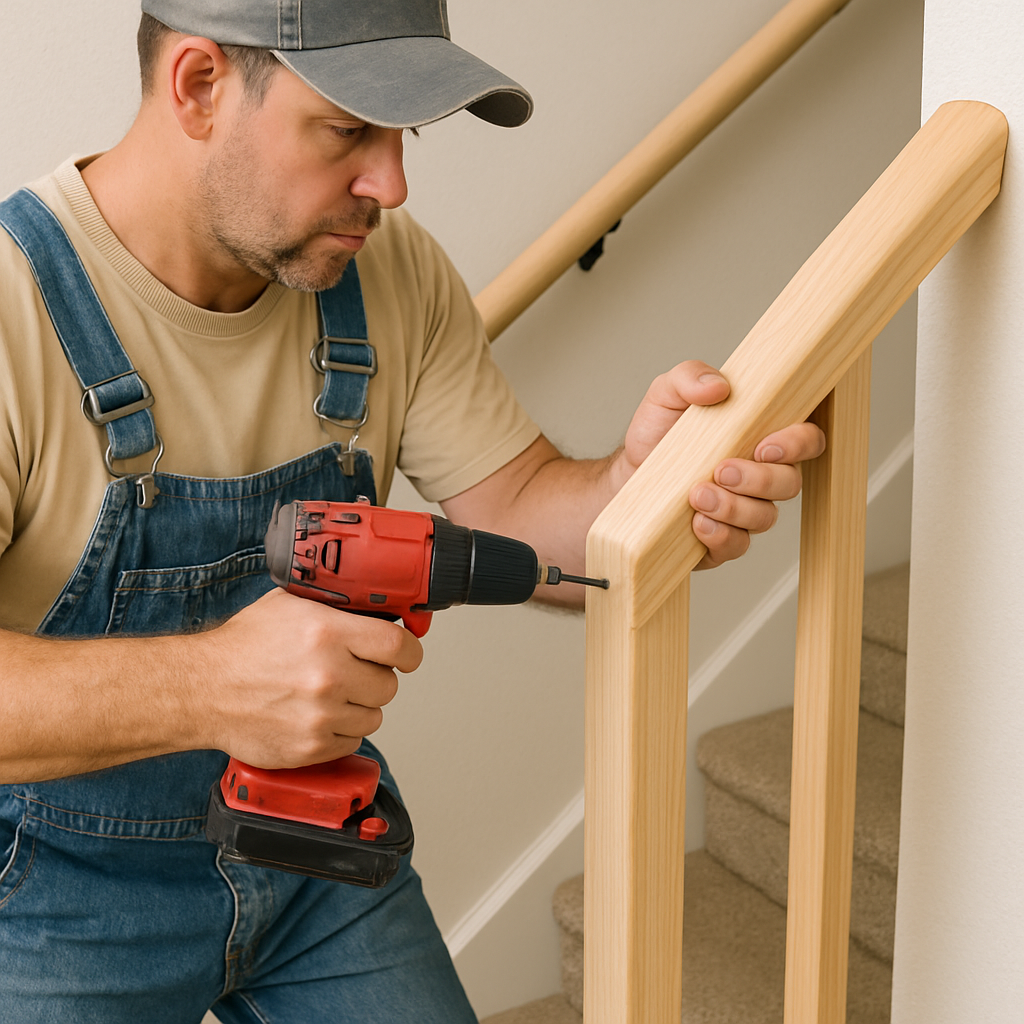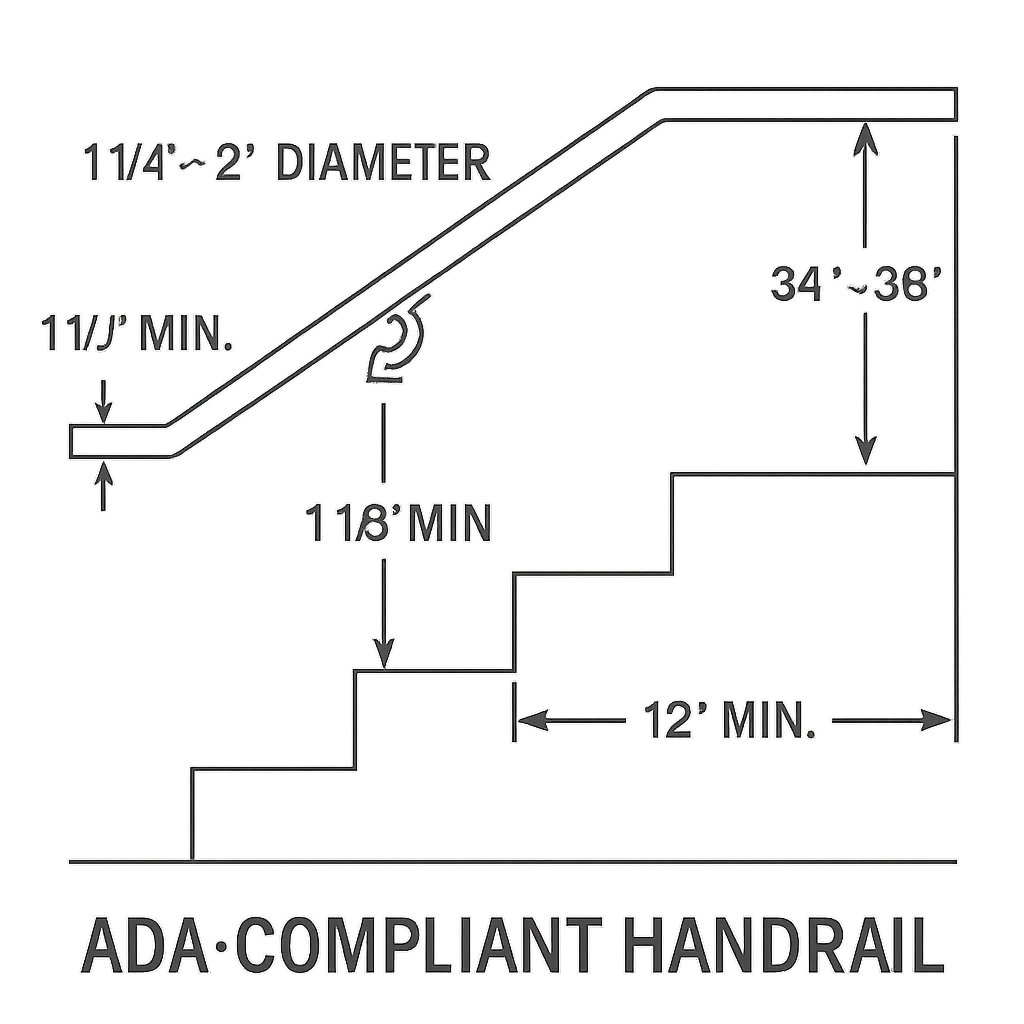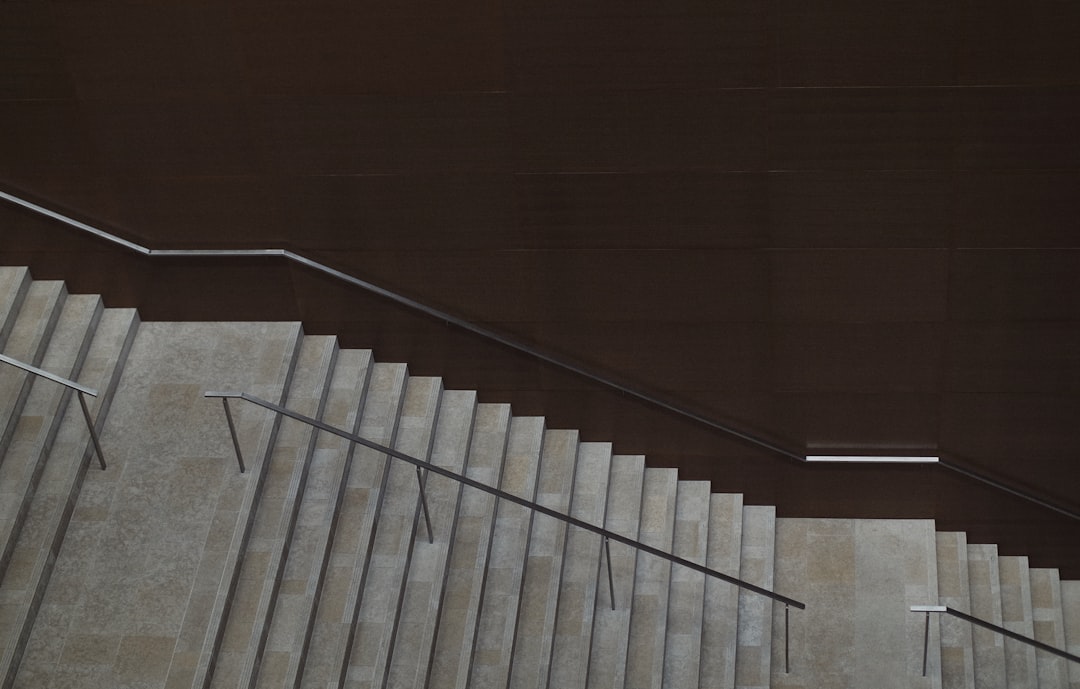 Service Hotline:13510328459
Service Hotline:13510328459
 205-206, 2nd Floor, Building 2, Xiazao Village Industrial Zone, Gaofeng Community, Dalang Street, Longhua District, Shenzhen City
205-206, 2nd Floor, Building 2, Xiazao Village Industrial Zone, Gaofeng Community, Dalang Street, Longhua District, Shenzhen City
 Service Hotline:13510328459
Service Hotline:13510328459
 205-206, 2nd Floor, Building 2, Xiazao Village Industrial Zone, Gaofeng Community, Dalang Street, Longhua District, Shenzhen City
205-206, 2nd Floor, Building 2, Xiazao Village Industrial Zone, Gaofeng Community, Dalang Street, Longhua District, Shenzhen City
Time:2025-09-25 Preview:
In today's world, accessibility is more important than ever. Ensuring that everyone, regardless of physical ability, can move safely and comfortably through spaces is not just a legal requirement but a moral obligation. Custom accessible handrails play a crucial role in achieving this goal. Whether you're constructing a new building or retrofitting an existing one, understanding the importance and design of ADA-compliant handrails is essential.
The Americans with Disabilities Act (ADA) sets the standard for accessibility in public and commercial spaces. When it comes to handrails, ADA compliance ensures that individuals with disabilities can navigate stairs and ramps safely. But what exactly does ADA compliance entail?
Height and Diameter: ADA guidelines specify that handrails must be installed between 34 and 38 inches above the walking surface. The diameter of the handrail should be between 1.25 and 2 inches to ensure a comfortable grip.
Continuous Surface: Handrails must have a continuous surface without interruptions. This allows users to maintain a steady grip throughout their ascent or descent.
Ends and Extensions: The ends of handrails should be rounded or returned smoothly to the wall or floor to prevent injuries. Extensions at the top and bottom of stairs provide additional support for those transitioning onto or off of the staircase or ramp.
Load Requirements: Handrails should be sturdy enough to support a minimum of 250 pounds of force, ensuring safety and reliability for all users.

While ADA guidelines provide a framework for safety, custom handrail design allows for creativity and personalization. Custom accessible handrails can be tailored to meet the specific needs of a space while enhancing its aesthetic appeal.
Aesthetic Integration: Custom handrails can be designed to complement the architectural style of a building. Whether it's a sleek modern design or a classic look, custom options ensure that the handrails blend seamlessly into their environment.
Material Choices: From stainless steel to wood or even glass, custom handrails offer a variety of material options. Each material comes with its own set of benefits, allowing you to choose based on durability, appearance, and maintenance needs.
Adaptability: Custom designs can accommodate unique spatial constraints or user needs. For example, a custom handrail can be designed to wrap around tight corners or to incorporate additional safety features such as integrated lighting.
Custom handrails are not just about aesthetics; they are about providing the right support for those who need it most. Considerations such as handrail height, grip comfort, and ease of use are paramount when designing handrails for accessibility.

Choosing the right material for your handrails is crucial. The material affects not only the look and feel of the handrail but also its durability and maintenance requirements.
Stainless Steel: Known for its durability and resistance to corrosion, stainless steel is a popular choice for handrails. It offers a sleek, modern look and requires minimal maintenance.
Wood: Wooden handrails provide a warm, classic look that can be customized with different stains and finishes. However, they may require more maintenance to prevent wear and tear.
Glass: Glass handrails offer a contemporary and open feel, allowing for unobstructed views. While striking, they may require regular cleaning to maintain their transparency.
Aluminum: Lightweight and rust-resistant, aluminum is an excellent choice for outdoor handrails. It can be powder-coated in various colors to match any design scheme.

Proper installation of handrails is critical to ensuring safety and compliance with ADA standards. Whether you are a DIY enthusiast or hiring a professional, understanding the installation process can help you avoid common pitfalls.
Planning and Measurement: Before installation, carefully measure the area to determine the correct length and height for the handrails. Consider any obstacles or unique features of the space.
Securing the Handrails: Ensure that handrails are securely fastened to the walls or posts. This may involve using anchors or brackets designed for your chosen material.
Checking for Compliance: Double-check that the installed handrails meet all ADA requirements, including height, diameter, and load-bearing capabilities.
Finishing Touches: Once installed, inspect the handrails for any rough edges or unfinished surfaces that could pose a hazard.
To ensure longevity and continuous compliance, regular maintenance of handrails is essential. Different materials require different care routines.
Routine Inspections: Regularly check handrails for signs of wear, damage, or loose fittings. Address any issues promptly to maintain safety.
Cleaning: Depending on the material, handrails may require regular cleaning to remove dirt and prevent corrosion. Use appropriate cleaning products to avoid damaging the finish.
Repairs and Replacements: Over time, parts of the handrail system may need to be repaired or replaced. Stay proactive in maintaining the integrity of your handrails.
Custom accessible handrails are more than just a safety feature—they are a critical component of inclusive design. By understanding ADA compliance, embracing custom design, choosing the right materials, and ensuring proper installation and maintenance, you can create a space that is both functional and inviting for everyone.
Whether you're a business owner, architect, or homeowner, investing in custom accessible handrails is a step toward a more inclusive and aesthetically pleasing environment. Remember, accessibility is not just about meeting legal requirements; it's about creating spaces where everyone feels welcome and secure.
